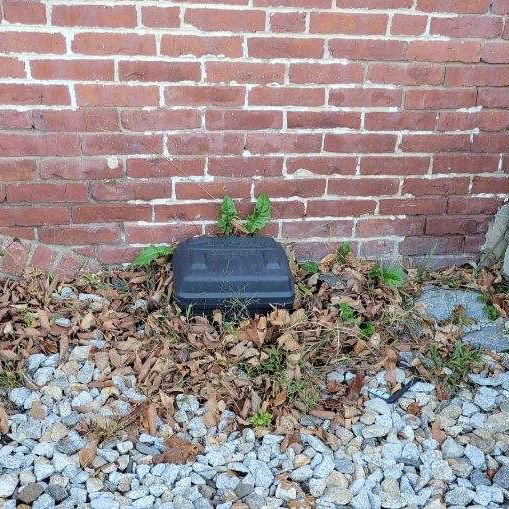- ConservationOur work in conservation science:Bald EaglePeregrine FalconNorthern HarrierCommon NighthawkSwallows, Martins and SwiftsWhip-poor-willsGrassland BirdsRusty Blackbird ResearchAmerican PipitsCoastal ShorebirdsThe State of the BirdsMotusFarrar Farm Wildlife Crossing ProjectDragonflies and DamselfliesPollinatorsPhenological Monitoring ProjectRaptor MigrationConsultingPublications & Past Projects
Explore our birding-specific websites:
- Education
- Policy
- Lands
- Centers and EventsCentersEvents
- About Us

